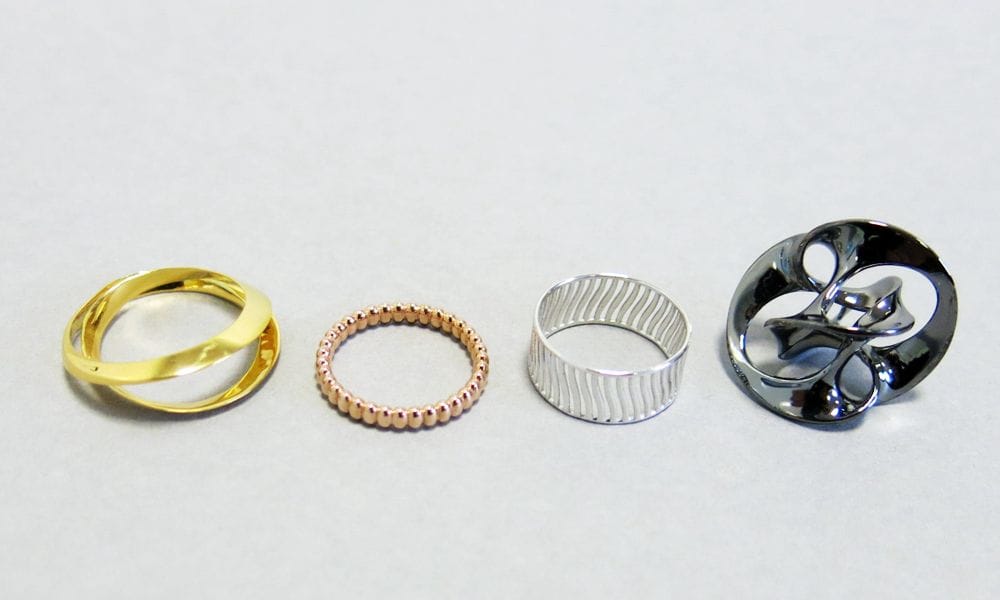
There’s an interesting story at Sculpteo about how they provide certifications for their materials.
Wait, certifications? What are they and why are they necessary?
Those folks operating their own desktop 3D printers don’t always understand this, as the goal is usually to obtain 3D prints at the lowest price while still meeting quality specifications.
Sometimes that involves using materials from unusual sources. While the prints may indeed work and be of high quality, you might not actually know the nature of the material you just used. This is especially true when you get your inexpensive materials from a nameless overseas supplier that doesn’t quite document everything – and if they did you may still be uncertain that’s actually what you received.
Put yourself in the place of a 3D print service, like Sculpteo. They have thousands of customers, all making requests for prints. Increasingly they are businesses for production purposes, not individuals for prototypes or artwork, and the prints they request are used for business. They might be a component in a machine, or perhaps an item being used in a critical medical situation.
The point here is that the products made with 3D prints from the 3D print service may be sold to other people who use them in real-life situations.
Real-life situations mean that things could go wrong. Someone could be hurt when a part breaks. Someone could be poisoned by an incorrect material for a given situation. And so on.
This is what certifications are for; a material is said to be good for certain situations but not others.
If there is ever a problem caused by the materials, their client could file claims against the manufacturer. And if those materials were sourced with the 3D print service, then that service might be liable.
Thus it is strongly in the 3D print service’s interest to precisely manage their inventory of materials. They should be consistent, so that repeated orders are assured of using the exact same material, and documented so that the requestor knows in advance what they are asking for.
In this way it makes the requestor liable rather than the 3D print service. If they chose the wrong material, then any issue is their fault. On the other hand, if the 3D print service did not properly explain their materials and the associated certifications from regulatory agencies, then the requestor could claim they could not know that the wrong materials were provided by the 3D print service.
To handle all these challenges, Sculpteo has published extensive documentation about all of their materials online that anyone can peruse before they select them for printing. In particular, Sculpteo has quite a few certifications available that should meet most requirements.
I’d suggest that you have a read through this extensive list and then reflect on your own use of 3D print materials.
You do check the documentation before you use the material, don’t you?
Via Sculpteo

